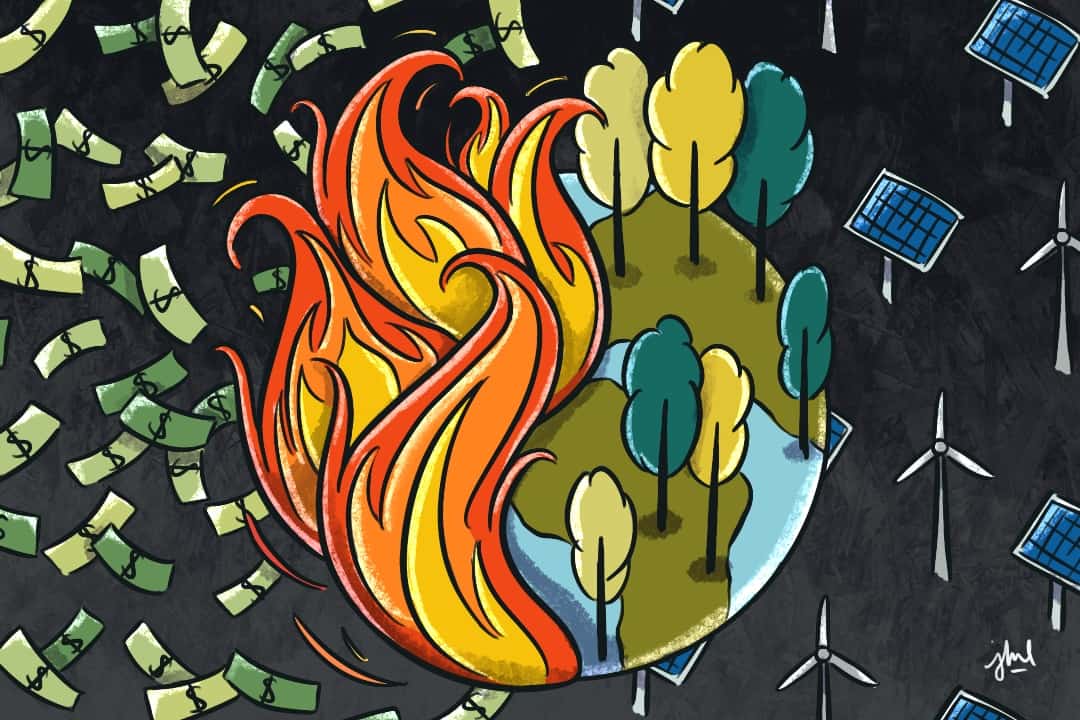OP-ED SPARKS DEBATE: “WE CAN’T STOP CLIMATE CHANGE—SO PREPARE FOR IT”

What the argument is—and isn’t—saying
A Wall Street Journal opinion piece argues that mitigation alone won’t keep pace with warming, urging governments and businesses to invest far more in adaptation. The author frames adaptation not as surrender but as risk management: hardening grids and ports, expanding flood defenses, rethinking building codes, and pre-funding disaster insurance. The column lands amid polarized U.S. politics and contested federal programs, but it dovetails with a global shift as cities confront heat waves, wildfire smoke, and storm-driven flooding. Proponents say a clear adaptation budget would reduce losses and protect growth; critics warn that emphasizing adaptation can sap urgency for emissions cuts.
Where adaptation meets hard choices
Adaptation is not cheap, and poorly designed projects can entrench inequality—think seawalls that protect high-value real estate while leaving poorer neighborhoods exposed. Experts point to co-benefit projects: urban tree canopies that reduce heat and improve air; water-sponge streets that curb floods and cut runoff; transmission upgrades that integrate renewables while boosting reliability. The op-ed’s core challenge is sequencing: accelerate near-term protections while staying on track for deep decarbonization. Expect louder arguments over who pays, which assets get shielded, and how to measure avoided losses in public budgets—questions that will shape climate politics well into the 2030s.





















